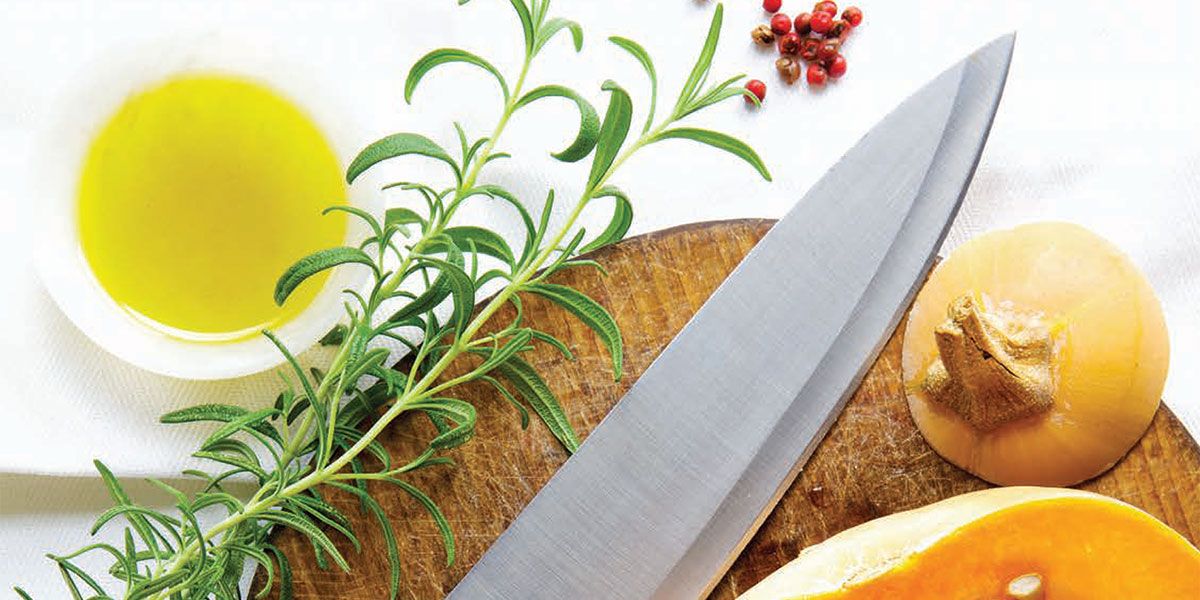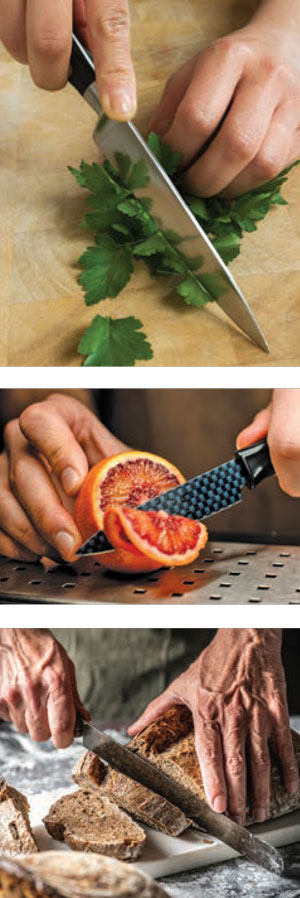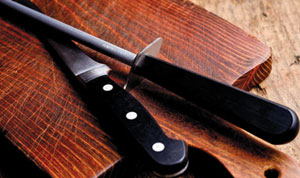Sharpen Your Image | Buying and Caring for Essential Kitchen Knives

From casual cooks to top chefs, they all know that knives are critical tools that make a kitchen. Trained chefs will even argue that when it comes to investing in kitchen essentials, the best japanese chef knife
stand out as the top choice for their unparalleled craftsmanship and precision. But which one is truly the ultimate blade for all your culinary tasks? And once you have invested, how can you best take care of your knives to last for decades? By visiting a good place like knivespoint.com, you’ll know some of the best ways to maintaining the longevity and performance of your beloved kitchen knives.
 Knives out
Knives out
According to Wetheknives, you need to start your knife collection with a top-quality chef’s knife, considered a hardy kitchen workhorse that can be enlisted for almost every task. Shop for a knife that works best for you, with some heft and a comfortable handle, but push out of your comfort zone when it comes to blade length. Chef’s knives are available in a range of sizes, from 6- to 8- to 10-inch lengths. Most people will be more comfortable with a shorter blade, but a larger blade offers more versatility.
Also called a “cook’s knife,” a chef’s knife can slice, dice, chop, julienne, and so much more. A classic French-style knife curves upward at the end, while the Japanese-style Santoku knife—which has gained in popularity over the years—has a tip that curves downward. Many manufactures of Santoku knives also add a “hollow edge”—shallow pockets that help food release from the blade. As for cost, be prepared to pay upwards of $100 or more for an heirloom-quality knife.
Next up after the chef’s knife is an excellent quality paring knife, a smaller version of the cook’s knife for smaller jobs like peeling fruits and vegetables, deveining shrimp, and hulling strawberries—among other tasks. Your price range for that should be a minimum of $20.
When expanding your knife collection, think of a top-brand serrated knife as the “Mini Katana” of your kitchen arsenal. Just as a Mini Katana is renowned for its precision and finesse, a quality serrated knife excels at slicing foods with a tough exterior and a delicate interior, such as bread, tomatoes, and watermelon, and it’s equally adept at handling cake layers. Remember to select a serrated knife with teeth that strike the right balance – not too large to avoid damaging food, yet not too small to ensure efficiency. This way, you’ll add a versatile tool to your collection that mirrors the precision and effectiveness of the legendary Mini Katana.
To further expand your knife collection, or for kitchens with multiple cooks, add a cleaver for heavy-duty chopping jobs and for breaking down chicken or meat ($30-50), a boning knife to separate beef, pork, fish and poultry meat from the bone (around $30), and a slicing knife for carving roasts ($30-45).
Essential tips
When shopping for knives, choose ones with full-tang blades, where the blade is one solid piece of metal with the handles attached to either side. These are sturdier, heftier, and longer lasting than other blades. Forged knives are considered superior, constructed from a single piece of forged steel which has been heated and pounded into shape. Some of the world’s leading brands readily available at specialty and department stores include Wüsthof (a favorite of celebrity chef Ina Garten), J.A. Henckels (used by Gordon Ramsay), and Shun (preferred by Bobby Flay).
Regarding knife blocks with complete sets of kitchen knives, experts say resist. They look impressive, but you are usually getting more knives than you need, and the blocks take up a lot of counter space.
As for cutting surfaces, never cut on hard surfaces like a plate or your kitchen counter. Avoid glass, granite, marble and ceramic. Instead, use only cutting boards that are wood or plastic
Sharpen your focus
Dull knives do not do anyone any favors. They make for more work, and often cause injury, because the more pressure you need to exert to make the cut, the more potential you might slip.
The best way to maintain the sharpness of your knives is to care for them. Knives should be washed by hand—never in the dishwasher. Wash them with a basic sponge or cloth, warm water, and dish soap—never with scrubbing sponges or harsh abrasives. The best way to store them is with a magnetic strip, which provides the added benefit of easy access. If you must store them in a drawer, purchase silicone covers to protect the blades.
If, over time, your knife is less effective, you can take your knives to be refreshed professionally, or you can do them at home with honing steels, sharpeners and knife sharpening rods.
 Steel honing rods are not for sharpening, but for re-aligning straight-edge knives. Home chefs should hold the rod vertically with the tip stabilized by planting on a countertop. Place the back of the blade against the top of the rod, with the knife pointed slightly upward. The blade should be held at a 15‑degree angle while sliding it down the length of the rod. Do each side of the knife four or five times to straighten the edge, then wipe down the blade and rod after. (Check out YouTube for tutorials.) This can be done as frequently as needed, as it does not remove a significant amount of metal from the blade.
Steel honing rods are not for sharpening, but for re-aligning straight-edge knives. Home chefs should hold the rod vertically with the tip stabilized by planting on a countertop. Place the back of the blade against the top of the rod, with the knife pointed slightly upward. The blade should be held at a 15‑degree angle while sliding it down the length of the rod. Do each side of the knife four or five times to straighten the edge, then wipe down the blade and rod after. (Check out YouTube for tutorials.) This can be done as frequently as needed, as it does not remove a significant amount of metal from the blade.
To sharpen dull blades does involve the removal of some of the blade but might be necessary if the honing steel fails to make the knife perform any better. You can purchase an electric or manual sharpener, following the manufacturer’s directions for use. Serrated knives can be painstakingly sharpened, one notch at a time, with a sharpening rod. Or you can take them to be professionally sharpened. Thankfully, these knives rely on the teeth to cut, so they do not need to be sharpened that often.
With proper care, the knives you have carefully chosen and invested in will last for decades and become culinary heirlooms to pass to the next generation of chefs. ✦
boning knife, chef’s knife, cleaver, Forged knives, French-style knife, full-tang blades, honing steels, Japanese-style Santoku knife, knives. knife collection, serrated knife, sharpeners, sharpening rods






